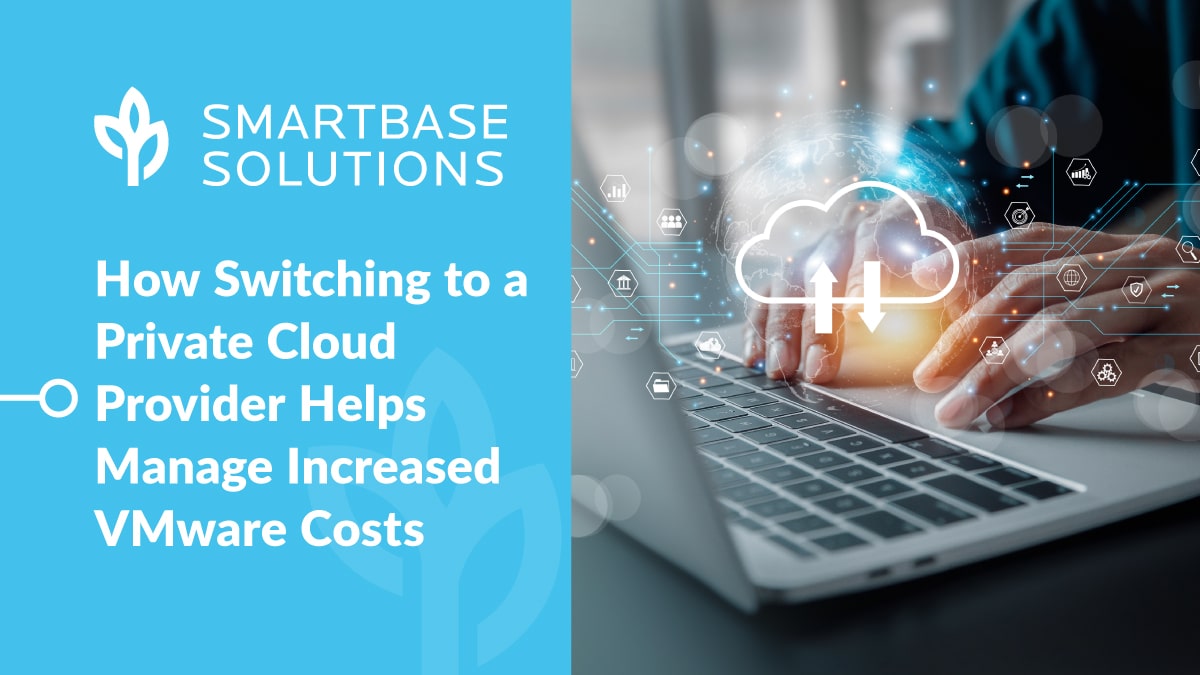As a healthcare organization grows, the volume of private healthcare data increases and the need for top-tier IT operations becomes immense. However, balancing operations, regulatory compliance, and technological advancements often stretches resources thin, making it challenging to decide how much time, energy, and funds should be allocated to scaling IT operations management.
The good news is that a tailored solution exists for organizations grappling with this predicament. In this article, we will present straightforward steps and implementable checklists to assist your healthcare practice in achieving its growth objectives, all while upholding digital security, quality care, and data privacy as top priorities.
IT Operations Management That Grows with You
Assess Current IT Infrastructure and Needs
Conducting a thorough evaluation of your existing infrastructure is the foundation of scaling IT operations. Start by mapping out all hardware and software assets, network capabilities, and current cybersecurity measures. Engage with key stakeholders across departments—clinical staff, administrative personnel, and IT teams—to gain insights into their specific needs and challenges.
Your IT assessment checklist:
- Current Inventory: Document all IT assets and their current usage.
- Performance Analysis: Evaluate the performance of current systems to identify bottlenecks and inefficiencies.
- Stakeholder Interviews: Gather feedback from end-users about system usability and functionality gaps.
- Gap Analysis: Identify critical gaps in technology and processes that could hinder scaling efforts.
- Future Needs Forecast: Project future IT needs based on organizational growth plans and industry trends.
Develop a Comprehensive IT Strategy
A strategic roadmap guides IT development and aligns with organizational goals. This strategy should be dynamic enough to accommodate both immediate needs and long-term objectives.
Your IT strategy checklist:
- Vision and Goals: Define the overall vision for IT operations and set clear, measurable goals.
- Project Prioritization: Rank IT initiatives based on their potential impact on patient care, operational efficiency, and cost-effectiveness.
- Budget Planning: Allocate resources and budget for IT projects to ensure sustainability.
- Interoperability: Ensure new systems integrate seamlessly with existing infrastructure to provide a unified and efficient workflow.
Invest in Scalable Technologies
Investing in scalable technologies ensures your IT operating model can grow alongside your organization. The modern age provides many different options for innovative and efficient healthcare technologies. We’ve included some valuable options in the below checklist.
Your scalable healthcare tech checklist (for consideration):
- Cloud Computing: Move to public and private cloud-based solutions for their flexibility, scalability, and cost-effectiveness.
- Cloud services can handle fluctuating workloads and offer disaster recovery options.
- Electronic Health Records (EHR): Implement an EHR system that can efficiently manage increasing volumes of patient data.
- Telehealth Solutions: Integrate telehealth platforms to expand patient access to care and improve service delivery, especially in remote or underserved areas.
- Mobile Health Applications: Adopt mobile apps that allow patients to manage appointments, access health information, and communicate with providers at their convenience.
- Automation and AI: Utilize automation and artificial intelligence to streamline administrative tasks, enhance diagnostic accuracy, and personalize patient care.
Enhance Cybersecurity Measures
As a healthcare organization collects more patient data, it becomes increasingly vulnerable to digital threats. Strengthening cybersecurity will protect sensitive information and ensure compliance with regulatory requirements.
Your cybersecurity checklist:
- Regular Security Audits: Conduct frequent audits to identify vulnerabilities and implement corrective actions.
- Advanced Threat Detection: Deploy advanced threat detection and response systems to identify and mitigate security threats quickly.
- Data Encryption: Encrypt all sensitive data both at rest and in transit to prevent unauthorized access.
- Access Controls: Implement strict access controls and multi-factor authentication to ensure only authorized personnel can access sensitive information.
- Staff Training: Regularly train staff on cybersecurity best practices and phishing prevention to minimize human error.
Partner with Experienced IT Providers
Collaborating with a professional managed IT solutions provider, like SmartBase Solutions, can bring specialized knowledge and resources to your organization. They can handle everything from IT operations and support, help desk services, endpoint management and security, private cloud solutions, backups and disaster recovery, cloud management and security, business continuity planning, and they will provide suggestions for keeping the organization running smoothly as it grows.
Your checklist for finding a reliable IT partner:
Spotless Reputation: Choose IT providers with a proven track record in healthcare IT solutions and strong references from other healthcare organizations.
Ongoing Support: Ensure the provider offers continuous support and maintenance to address issues promptly.
Training Programs: Work with providers that offer comprehensive training programs to help your staff become proficient in new systems.
Scalability and Flexibility: Partner with providers who can adapt to your organization’s evolving needs and scale their services accordingly.
SmartBase is Here to Help You Grow
Whether you need an answer to a simple question, like “What is IT operations?” or you’re ready to take your digital security to the next level, SmartBase is here for you. Contact us today to learn how we can help your business scale its IT operations.




